How E-Commerce Sellers Are Personalising Their Customer’s Experience
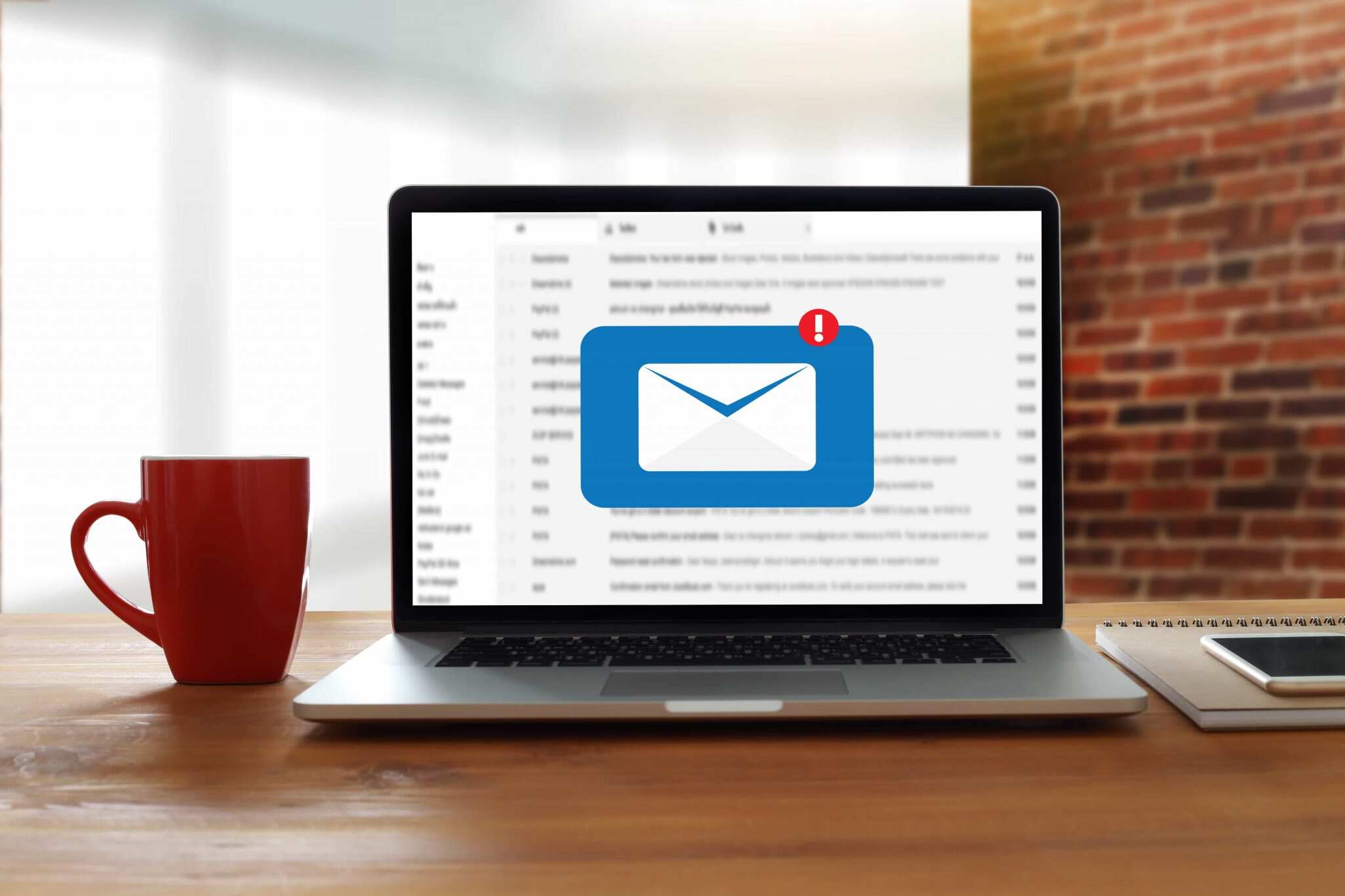
Personalization is the future of marketing. With artificial intelligence technologies and data analysis systems, companies are able to segment consumers for more focused marketing processes. Marketers can now tailor content for individual users based on known and predicted data like preferences, characteristics, browsing habits, and more.
Predictive analysis ensures that customers are only seeing content that is highly relevant to them. And it’s that relevance that sells in today’s saturated market.
Why does personalization matter to marketing today, and how can you use targeted personalization in your business’s customer experience?
Why does personalization matter?
Consumers are growing increasingly skeptical of marketing. The internet has brought about “content overload.” Customers are seeing hundreds of advertisements every single day. There’s no way the human brain can pick up on all of these different ads, let alone remember and respond to them.
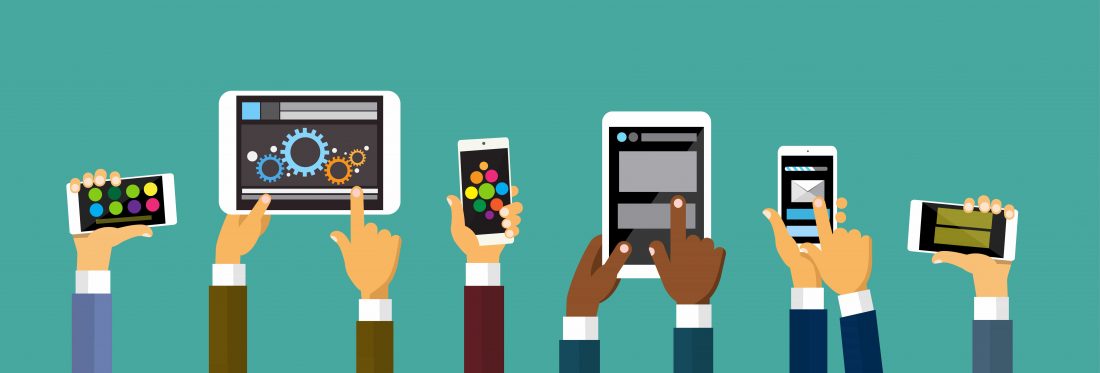
But personalization cuts through the noise. It addresses marketing directly to the viewer, so they are more likely to pay attention to it.
The case for personalization is backed by science. Research has found that the middle and superior temporal parts of the brain “light up” when someone hears their own name. These are the parts of the brain that are linked to long-term memory. The same reaction happens when people receive personalized content. Their long-term memory is activated in response, so they’re more likely to engage with the content and respond to it.
Customers want to see things they care about… And they don’t want to see irrelevant info. In fact, 75% of your potential customers will get frustrated if they see irrelevant content or products—and nearly 40% of those will leave to go to another site. That means personalization can help retain 40% of your potential customers.
Let’s say you love dogs. If a brand shows you a picture of a dog, you’re more likely to respond to the advertisement than if they used a picture of a snake. But they might use a picture of a snake for your next-door neighbor who thinks reptiles are cool.
But this personalization goes beyond just showing you pictures of your interests. It can actually predict what you’ll need before you even need it. For example, if you’ve recently been searching for “baby names” on Google, a department store might start advertising baby clothes and cribs to you using predictive data analysis.
Personalization leads to better customer service and an improved buying experience. This not only converts viewers into purchasers, but it also encourages customers to purchase more. This personalization relates the consumer to the brand, which enhances long-term customer retention and brand loyalty.
How can you personalize your customer’s experience?
Even if your business doesn’t have expensive AI technology to intricately track every potential user, you still can (and should) personalize your customer’s browsing experience.
Here are some of the most effective ways to implement customer personalization for your e-commerce business.
- Website personalization
Website personalization is an absolute must moving forward. Personalization options turn your website into a feeding frenzy of customized content that’s hand-picked for your consumer. This includes:
- Product page recommendations (based on previously viewed and purchased items)
- Continuous shopping for return customers (automatically saved products in wish list or cart)
- Personalized bestseller lists (showing “best sellers” as those that are actually personalized recommendations)
- Targeted pop-ups with discounts or deals (based on behavioral triggers and heat maps)
Website personalization is even a great way to integrate user-generated content (UGC) on your site. On your website, you can show those photos, videos, and reviews from customers who are similar to your current viewer. So a 15-year old girl will see Instagram photos from other teenage girls, while a 40-year old man will see product reviews from other men his age.
Website personalization is easy, and companies have been doing it for ages using “cookies.” These systems are growing more advanced and secure, so you can protect your customer’s rights while delivering high-quality customization. Most website platforms, including Shopify, offer ways for you to collect and analyze your customer’s data with ease.
Remember that the goal of website personalization is to keep customers browsing on your site as long as possible by showing them content, products, and deals that are most relevant to them.
- Accounts
If you have any sort of account or subscription associated with your company, you want to make each step as personalized as possible. This can be as simple as having the user’s name at the top and making a amazon wish list feature available, or it can be as complex as turning their account homepage into a hand-selected goody bag of items. You can even offer personalization options like Gmail allows you to change the way you view and interact with your email inbox.
Take Amazon as an example. When you log on to your Amazon account, you see a greeting with your name in the top right corner. You can drop down to see more about your account, including personalized product recommendations. Anywhere you go on the Amazon site you’ll see products you’ve previously viewed and additional products you might be interested in. Amazon doesn’t let you go on a page without offering you a personalized recommendation. The more you see products you like, the more likely you’ll click “buy.”
- Email campaigns
Personalized emails show significantly greater success than generic ones. They have 29% higher open rates and 41% higher click-through rates. Just including a personalized email with the customer’s name has a 26% increase in open rate. To make your campaign more personalized, you can utilize the email verifier software, which will find the most relevant leads for you, with all necessary information to personalize your emails.
You’re putting yourself in the customer’s inbox, so don’t be afraid to make it personal. You want to act like their friend who’s forwarding them an email with a great deal or offer that they might be interested in. You don’t want to be the sleazy salesman.
Most third-party email services can help collect customer data and use it for segmentation. These services can make use of the user email addresses, shopping history, and even website heat maps. This allows the service to aggregate consumer data based on interests and purchasing patterns, so they can target your audience at the right time and in the most effective manner. We recommend MailChimp or Klaviyo for highly personalized email services.
Personalization is especially important for abandoned cart and wishlist emails. These send your customers a list (or visual list) of products they were looking at as a way to remind them or encourage them to buy.
You should also personalize order follow-ups, asking for them to review a specific product that they ordered. This not only shows them that you care, but it also attracts more product reviews for your site or listing.
- Social media marketing
Utilize social media to your advantage. Social platforms like Facebook and Instagram have already implemented some of the strongest AI systems on the market. If you have a business profile, you can instantly tap into these pre-set advertising techniques. You can target not only based on demographics, interests, and previously “liked” posts, but you can even target advertising based on usage, time of day, and previous purchases.
Although Facebook and Instagram tend to have the strongest advertising options right now, don’t neglect the other platforms as well. Pinterest, for example, is actually able to send your PPC ads to relevant viewers based on a user’s Pins and Boards. LinkedIn is able to send appropriate content based on someone’s work and volunteer experience.
Go to the social platform where your customers are, and you’re bound to find strong marketing personalization options.
Also read: Amazon and Meta Join Forces: A World-Changing Partnership for E-Commerce
Final thoughts
Personalization is no longer a differentiating factor. It’s a “must” if you want to keep up with your competition. It helps you cut through the marketing noise to engage with your customer on a more intimate level. This encourages short-term conversion while also enhancing long-term brand loyalty and retention.
You’re losing at least 40% of your customers by not personalizing. Imagine how much your business would grow this year if you had a 40% increase in repeat, loyal business simply by utilizing AI technology that already exists on the platforms you’re already using.
How would your business grow?



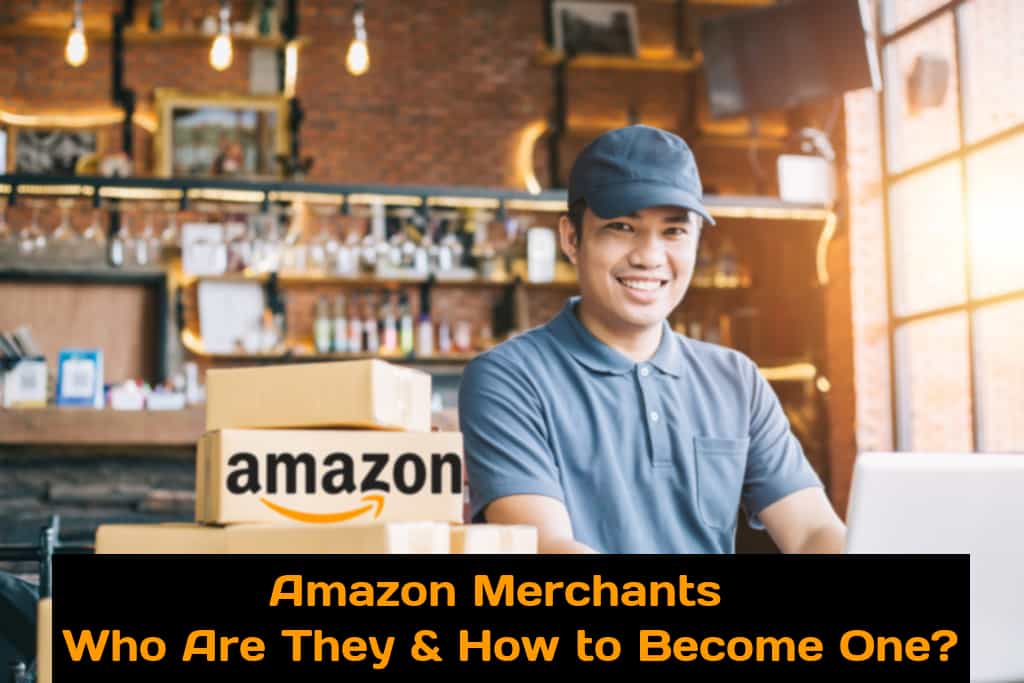

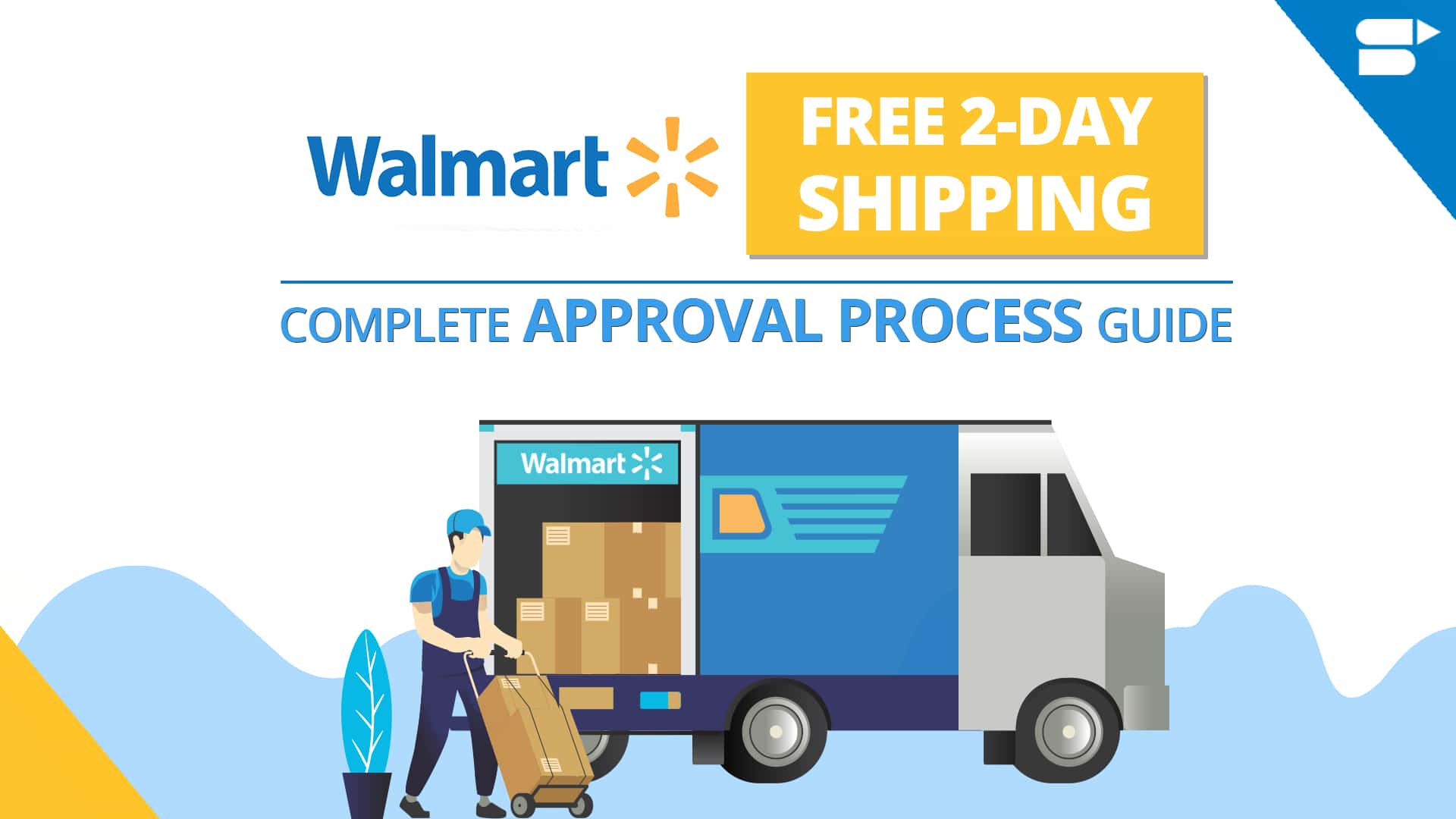
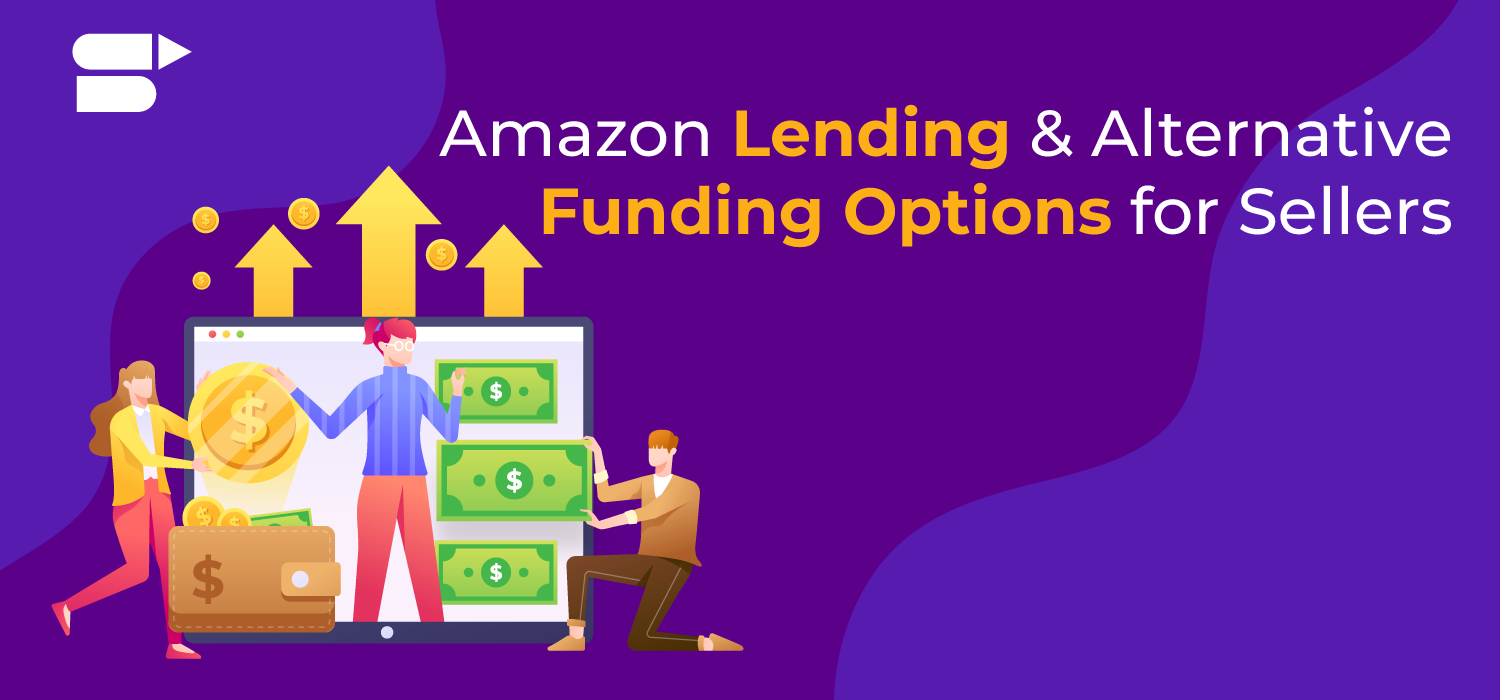

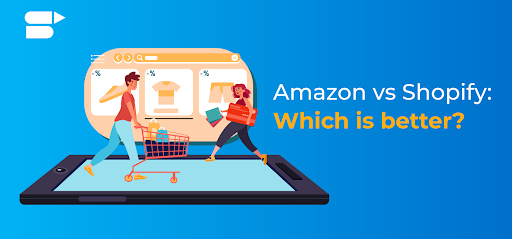
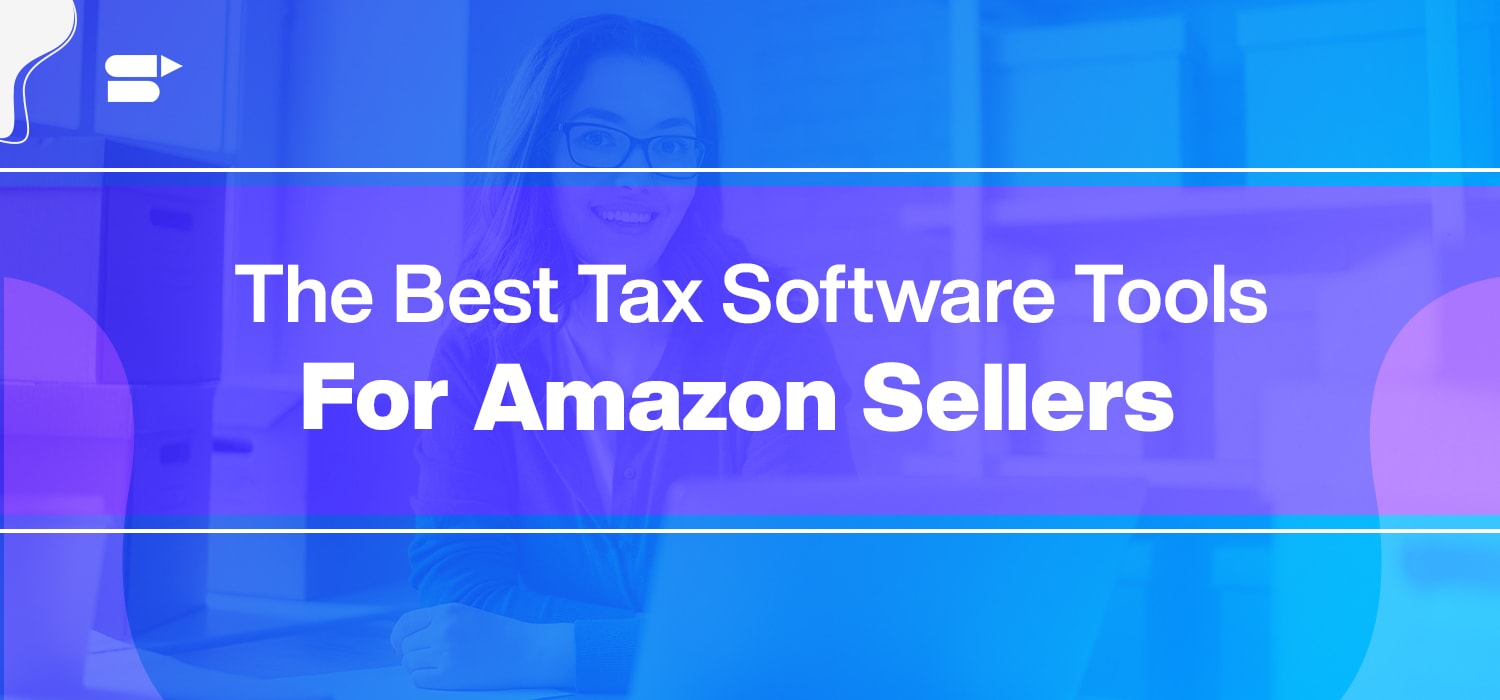
Blossom Ramsy
February 25, 2021Are “cookies” usually used for the purpose of website personalization itself?
Arishekar N
August 12, 2021Yes, website personalization is easy, and companies have been doing it for ages using “cookies.”